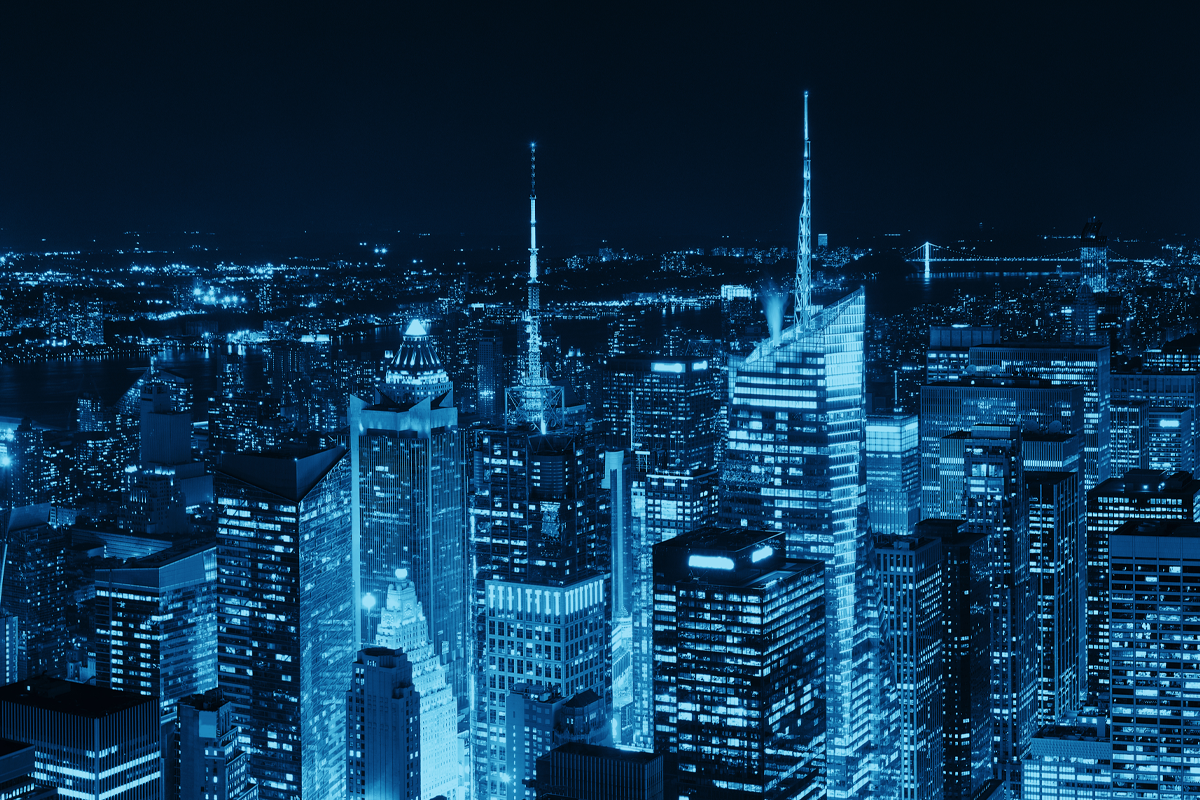The Convergence of IoT, Big Data and AI: Creating Smart Cities

The Convergence of IoT, Big Data and AI: Creating Smart Cities
November 14, 2024
Advances in technology are transforming the way we live, work and interact with the urban environment. The convergence of emerging technologies such as the Internet of Things (IoT), Big Data and Artificial Intelligence (AI) is driving the creation of smart cities – a concept that integrates technological innovation in various areas and promotes efficiency and quality of life.
In this article, we’ll explore how these technologies work together to develop smarter and more sustainable urban solutions.
IoT, Big Data and Artificial Intelligence: Turning Data into Smart Actions
If you haven’t heard of one of the most promising technologies of the moment, it’s time to learn about it. The Internet of Things (IoT) is a technology that connects everyday objects to the Internet, allowing them to exchange data and ‘talk’ to each other in real time, without any human intervention. These devices can include smartphones, household appliances, cars, industrial machines and even light bulbs. The purpose of the IoT is to make processes more efficient, automate tasks and provide real-time data to improve decision-making.
However, the data captured by IoT devices represents only a fraction of their potential. This is where Big Data and Artificial Intelligence (AI) come into play. Big Data makes it possible to collect, store and process large amounts of data efficiently, transforming the data captured by IoT devices into useful information. Artificial Intelligence (AI) is the brain behind the decisions made. Using Machine Learning (ML) and deep learning algorithms, AI makes it possible to analyse the data created by IoT and processed by Big Data to identify patterns and make decisions automatically.
The combination of these three technologies – IoT, Big Data and AI – makes it possible to create an interconnected urban ecosystem capable of reacting, adapting and evolving according to the needs of the population.
IoT: The Nervous System of Smart Cities
IoT can be put into practice in several areas, but it is in smart cities that its potential is becoming most evident, making the management of urban services more efficient, sustainable and safe. Sensors and connected devices make it possible to collect vital data on city operations, providing a detailed, real-time view of every aspect of urban life.
Traffic and Transport Management
One of the biggest challenges in cities is mobility. With IoT, sensors and cameras installed in streets and vehicles make it possible to monitor traffic flow in real time.
– Intelligent Signalling: Traffic lights that automatically adjust their opening and closing times based on the flow of vehicles, avoiding congestion at peak times.
– Public Transport: Public transport can have routes automatically adjusted according to demand and traffic conditions, optimising journey times.
– Smart Parking: Sensors installed in car parks notify drivers of the availability of spaces, saving time.
Energy Efficiency
IoT promotes more efficient use of energy in smart cities, helping to conserve resources.
– Smart street lighting: Street lamps equipped with sensors can automatically adjust their intensity according to the presence of people or vehicles.
– Smart Buildings: Consumption sensors monitor electricity use in public and private buildings and switch off lights and appliances according to need.
– Solar Panels and Smart Grids: Connected electricity grids (or ‘smart grids’) automatically adjust energy supply based on demand, integrating solar energy and other renewable sources.
Waste Management
Waste collection and management can be optimised with IoT, improving the environment and reducing costs for cities.
– Smart bins: Waste bins equipped with sensors can measure whether they are full and notify the authorities when they need to be emptied.
– Hazardous Waste Management: IoT helps monitor specific hazardous waste, enabling safe collection and disposal.
Public Safety
IoT also strengthens public safety by integrating technology into incident monitoring and response.
– Smart surveillance cameras: AI-equipped cameras connected to the IoT make it possible to detect suspicious behaviour and alert the authorities automatically.
– Emergency Sensors: In higher risk areas, IoT sensors can identify fires, floods or infrastructure failures in real time.
Technological Innovation at the Service of Smart Cities
By transforming raw data into valuable information, the convergence of IoT, Big Data and AI represents a huge technological innovation, promoting a smarter and more functional city not only in terms of mobility, but also in terms of managing water and energy resources.
In Lisbon, for example, there are already systems that analyse weather and traffic data to automatically adjust the scheduling of public transport, ensuring that the supply of buses and trains matches passenger demand.
But this is just the start of a long road ahead. When it comes to the future of smart cities, progress in this convergence of emerging technologies will depend on continued investment in technological innovation and a collaborative approach between governments, companies and citizens.
Conclusion
The convergence of IoT, Big Data and Artificial Intelligence is the basis for the development of smart cities, capable of responding to the needs of the population with agility and efficiency. With the potential to transform urban life, these technologies are driving a new era of sustainability, safety and quality of life, and are undoubtedly a solid bet for the cities of the future.
Are you looking to start a technological innovation project? Talk to us and let’s get to work!